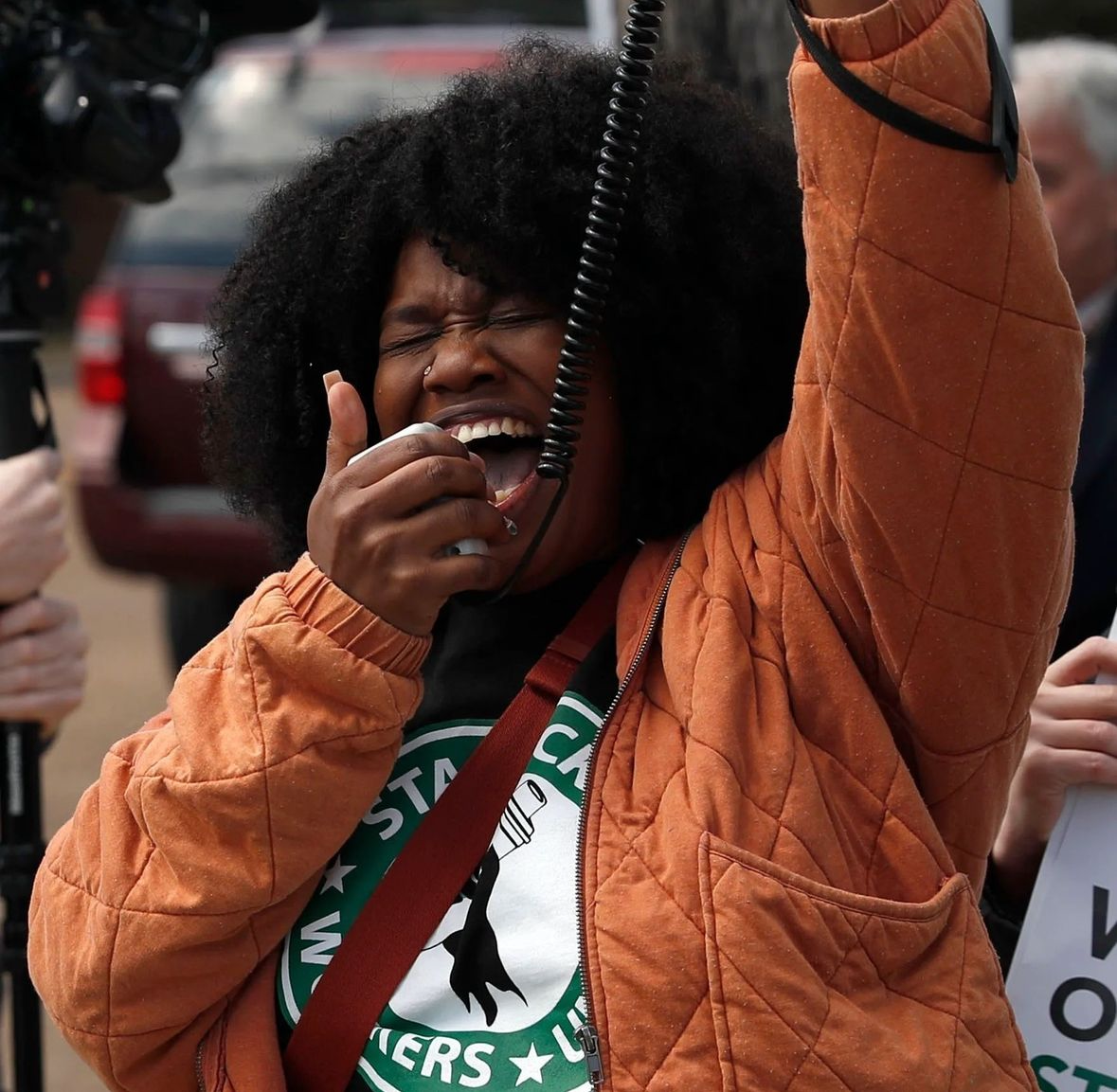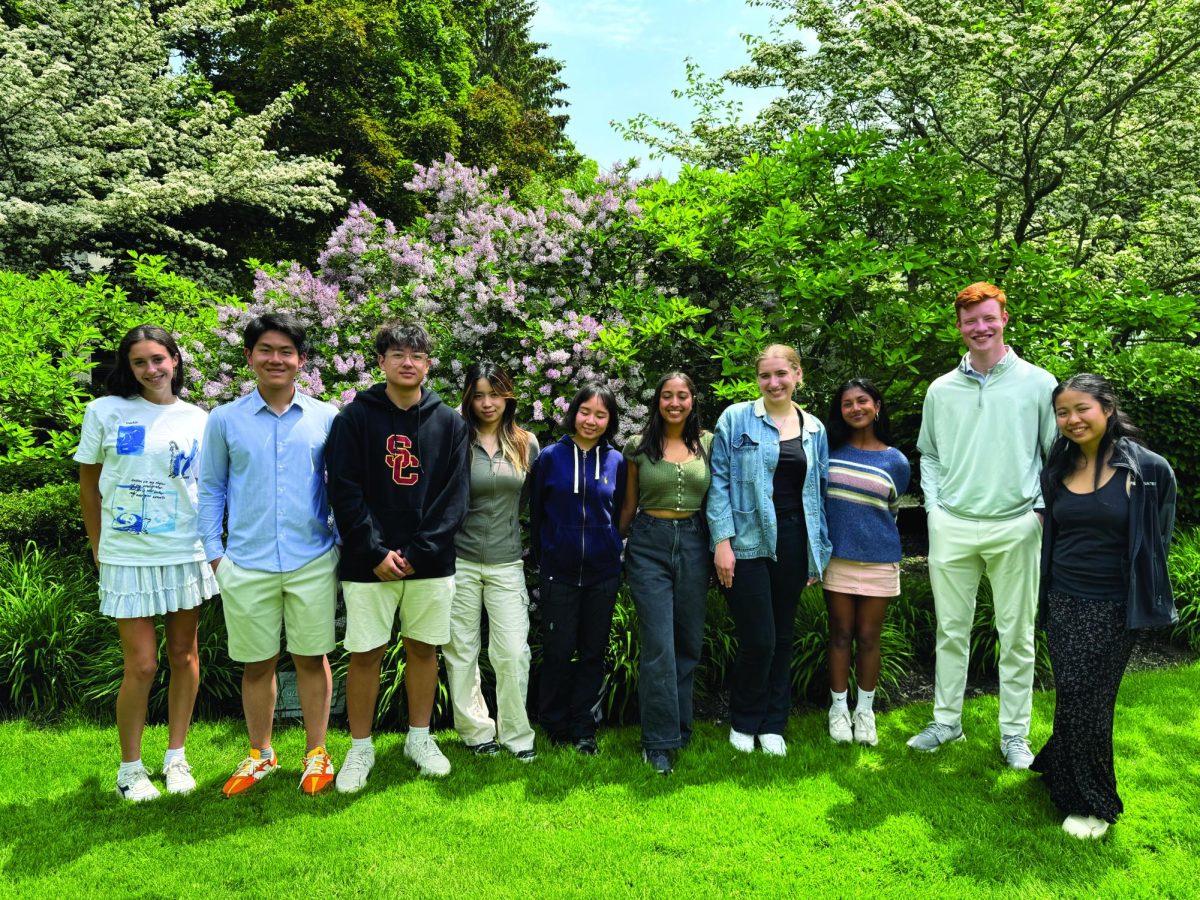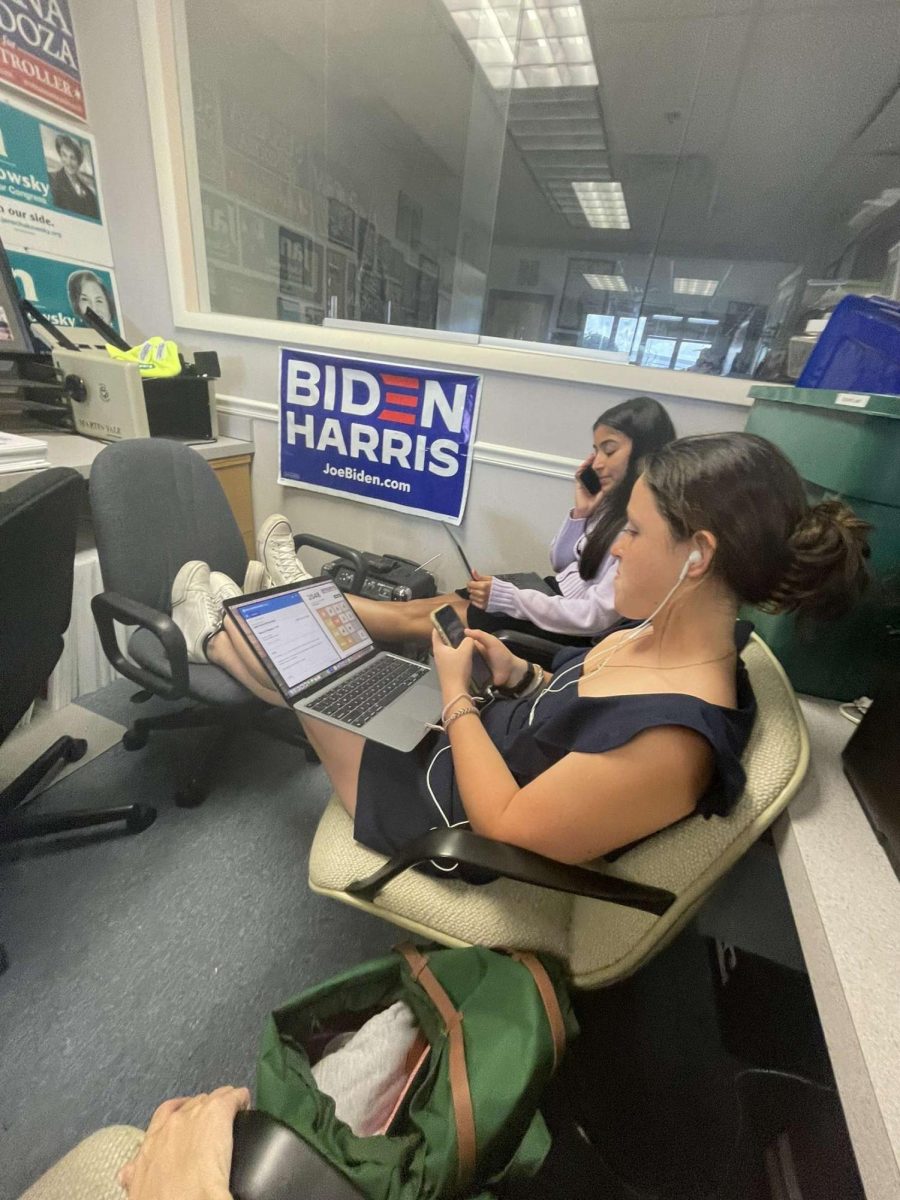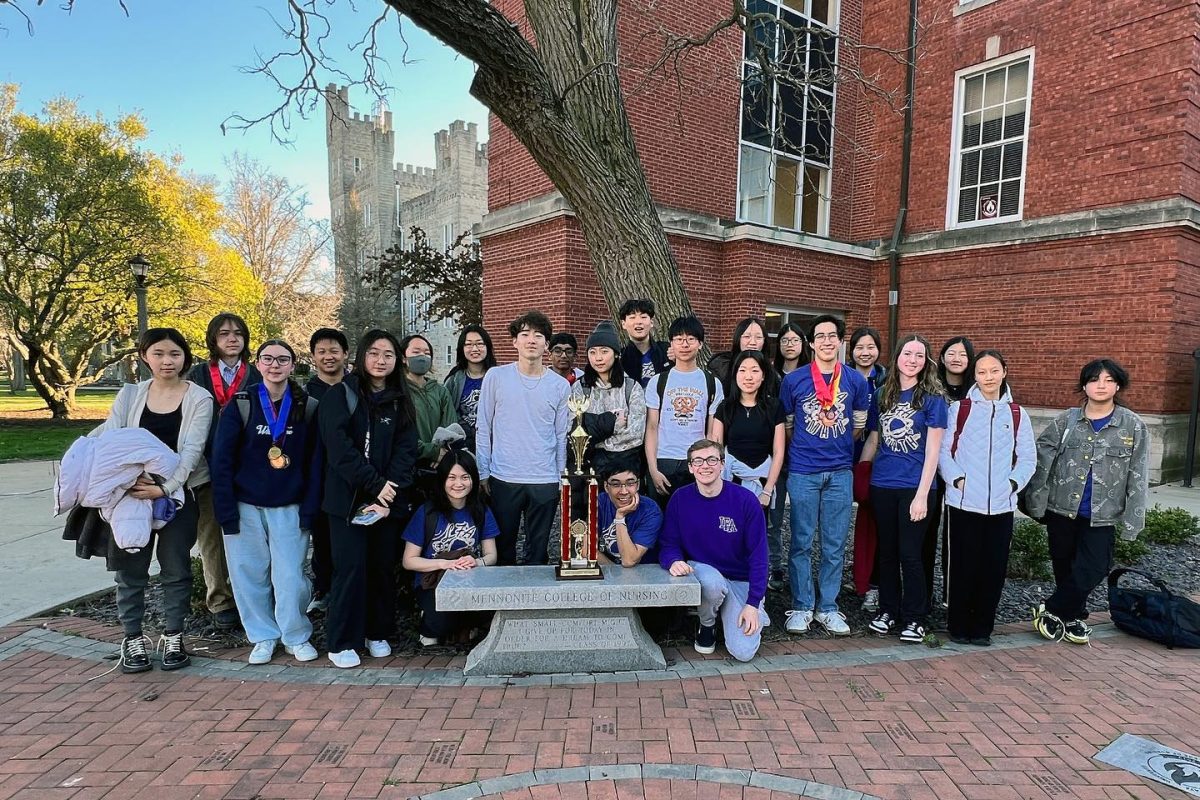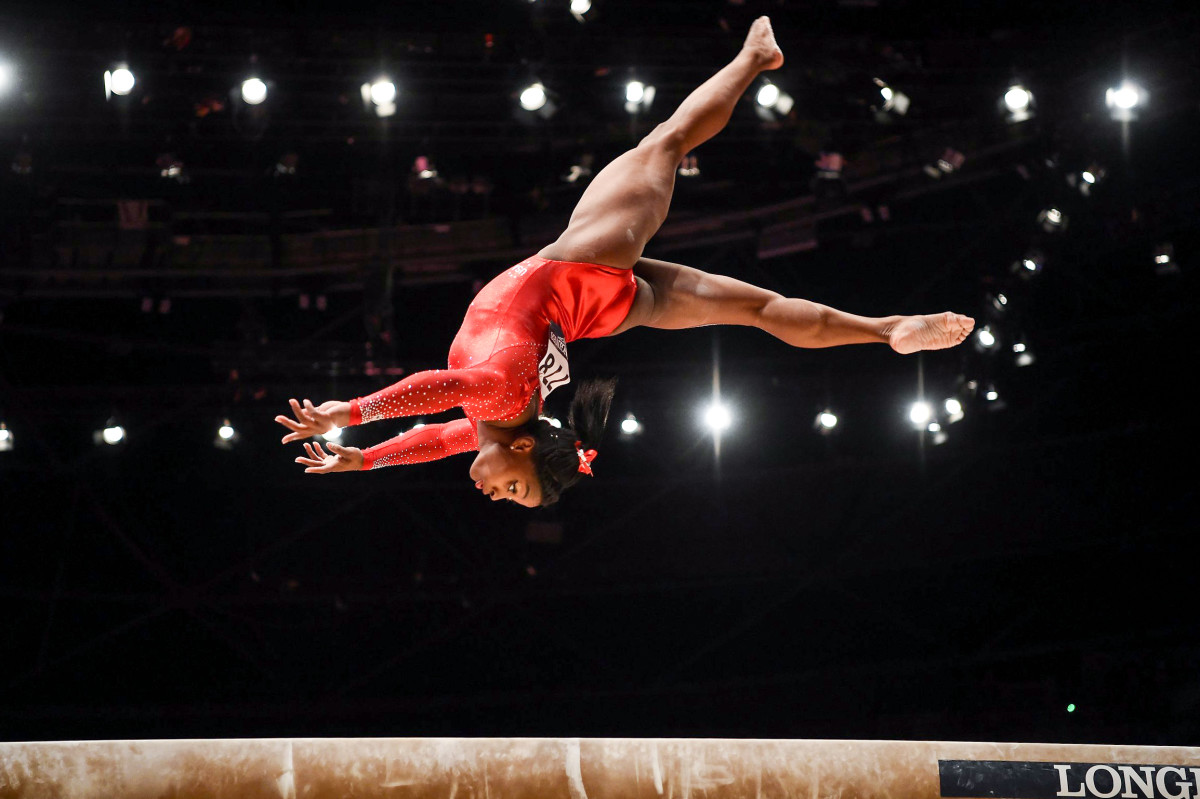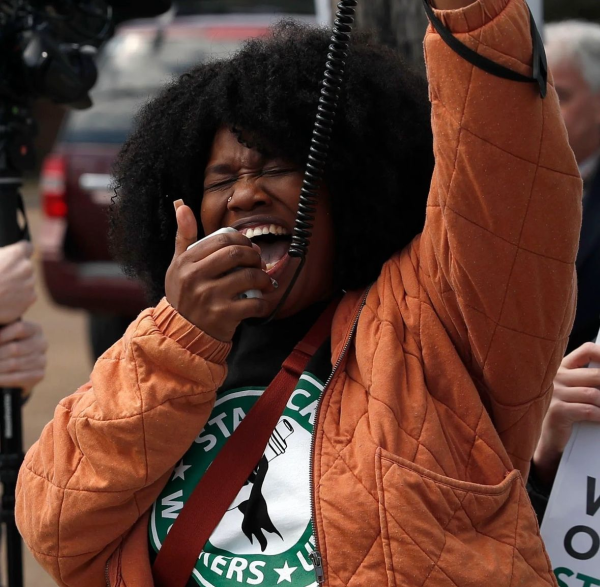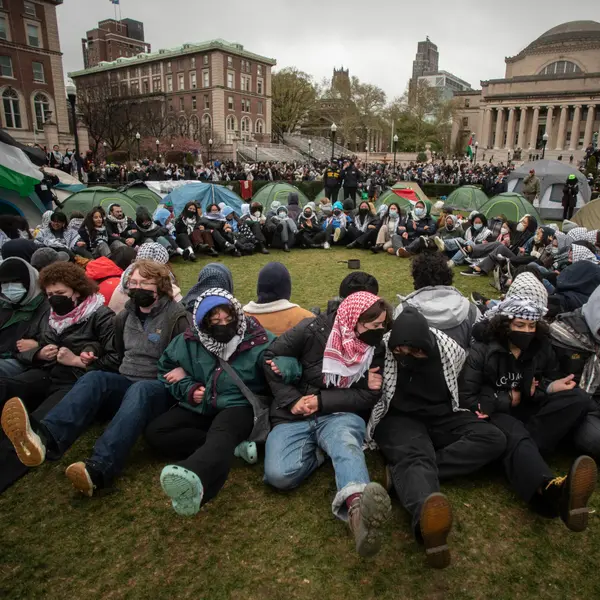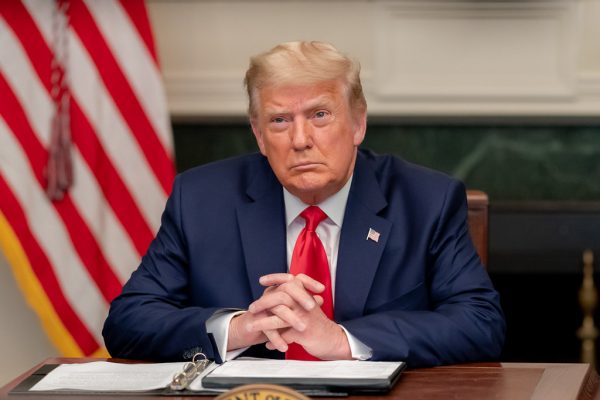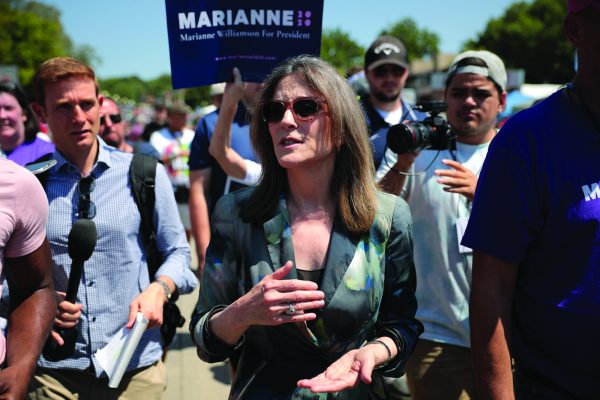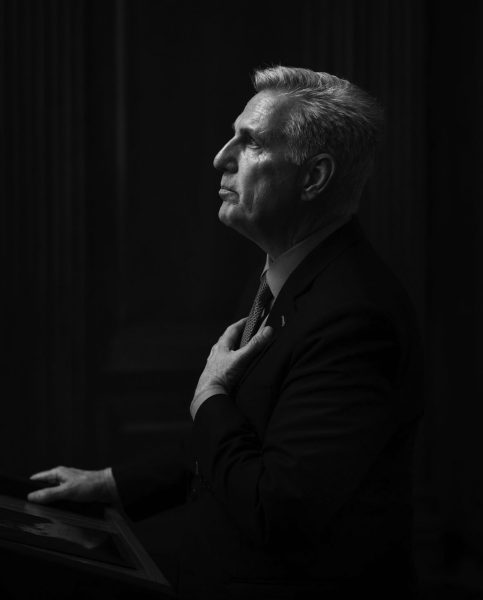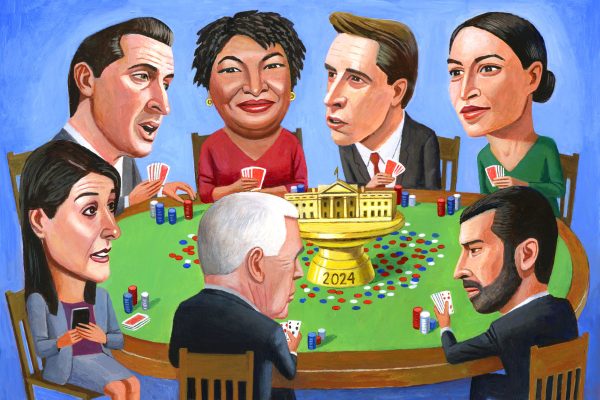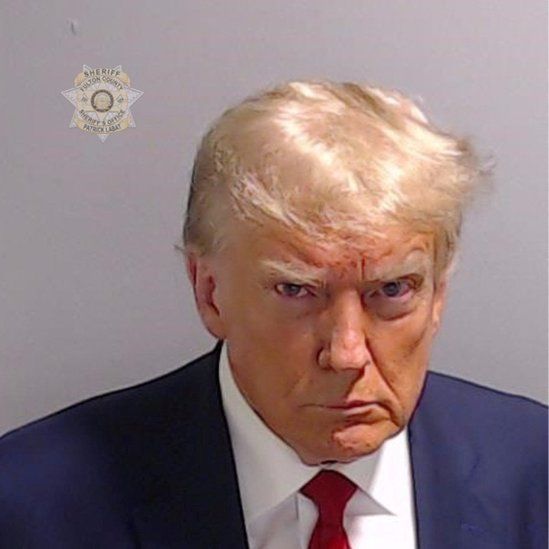Banned Books Crisis around the US
November 10, 2022
In schools across America, a huge wave of banned books has crashed onto the shore, leaving in its wake over 1600 books banned in over 5000 schools. Most of these books include themes about LBGTQ+ or race, or are informational books about sex or puberty. This had been predominately led by a few conservative groups, who claim to be protecting their children from “harmful” material, and have stated they do not want their children exposed to pornography.
Books about LGBTQ+ youth are on the top of the banned list, making up over 40% of banned book lists. The most banned book in America, Genderqueer, has been banned by over 138 school districts for explicit sexual images. Books teaching about race, dubbed as “critical race theory,” come in close second, and members of conservative groups explain they do not want their child exposed to ideas that one race is explicitly bad, and another is explicitly good.
The Supreme Court in 1982 addressed the pandemic of banning books in Island Trees Union Free School District vs. Pico, ruling that “local school boards may not remove books from school libraries simply because they dislike the ideas contained in those books.” However, this has not stopped conservative groups from continuing to ban books.
Banning books in schools has not stopped most youth. With the rise of the internet, and the easy accessibility to online books, banning books has become an increasingly outdated way of limiting reading material for children and teenagers across America. English instructor Glinda Hall, with her 24-year experience of teaching and raising teenagers, claimed that “telling a teenager not to read something, or limiting their access, will backfire,” because “teens are well aware of having access to information through technology”. The Brooklyn library has begun championing online access to books, and has started the Books Unbanned movement to help young people find books they are interested in, regardless of ban. PEN America, an organization dedicated to unbanning books across schools, has been advocating for this cause for years. On their website they state, “This movement to ban books is deeply undemocratic.”
One another impact of banning books that represent voices of marginalized groups on children growing up in such an environment is that they “probably are going to have a less sense of their own identity being validated”, said LFA librarian and archivist, Rita MacAyeal, especially when they are part of an underrepresented community. Indeed, it requires bountiful thoughts being devoted in book selection for a high school, where kids are largely influenced by what they are exposed to. At LFA, the diversity of text thoughts as well as the collections offered through library and media services creates an inclusive environment, allowing free access to books containing various themes, encouraging students to read literature works from all over the world as Rita MacAyeal said, “it is really important to have books to reflect a diverse set of voices so that everyone does find themselves in the stories”. However, “banning books and restricting access because of age and/or maturity level are two different things”, said Glinda Hall.
Protecting the innocence of children should never justify banning particular categories of books; rather, this trend would create a strifling atmosphere where some voices are dominant whereas some are censored. It reflects a society’s prejudice, obstructing everyone to see themselves in literary works with the portrayal of a diverse set of voices.


